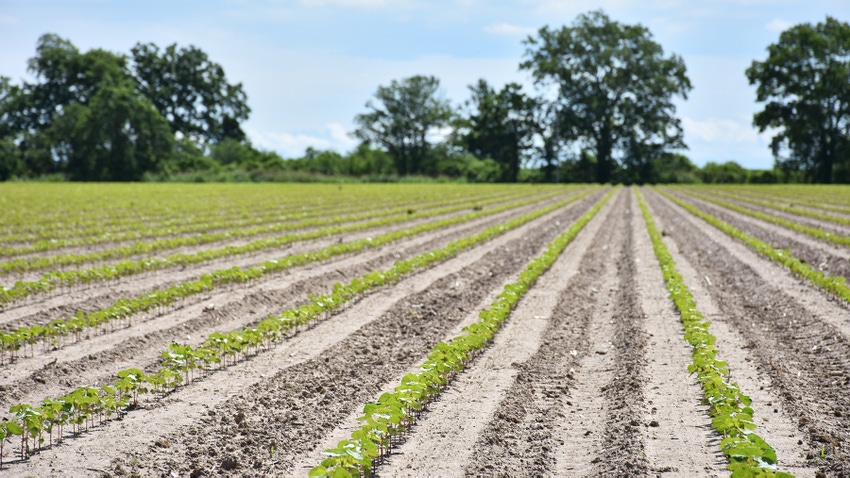
In 2022, lygus or tarnished plant bug, infested 100% of the 530,000 total planted cotton acres in Mississippi. The resulting yield loss, around 69,000 total bales, resulted in a cumulative $57 million financial hit to farmers when factoring in the cost of treatment.
“In cotton tarnished plant bug is by far our most important economic threat, not only from a cost standpoint, but from a yield loss standpoint, it is generally going to cause the most yield losses in Mississippi by far,” said Mississippi State University Extension entomologist Whitney Crow.
In any given year, Crow estimates a farmer’s total loss to tarnished plant bugs on average could be anywhere from 400 to 800 pounds per acre without treatment. In serious situations and without treatment, the field could result in losses of up to 100% of total yield.
For best preventative practices, Crow suggested choosing early maturing varieties as well as giving careful consideration to how the cotton is placed, blocking cotton together to minimize edge effects.
“With any pests, the earlier we can get the crop planted, usually the better off we are,” Crow said. “Promoting for earliness to minimizing the window of susceptibility is always a good practice. Utilizing an insecticide seed treatment and/or foliar applications for thrips management to help avoid delay maturities as a result of early season insect damage. Delayed maturities increases that window of susceptibility late in season potentially increasing the input cost associated with controlling plant bug or bollworm”
Mitigate loss
Planting and scouting early can also help producers harvest early, something Crow recommends to mitigate late-season yield losses.
“The biggest thing about any crop is if you have the latest crop in the field, if your planting date was delayed and everything around you is being harvested, a lot of times those insects will move from finished fields into what is available,” Crow said. “Ultimately you want to avoid being one the last fields in the area just to prevent movement from other, more mature fields.
Starting plant progress early and scouting often cannot only help limit losses, but insecticide applications as well.
“Practice good scouting procedures, monitor your crops, take structured insect counts, and make insecticide applications based off the recommended thresholds,” Crow said. “The goal is to make smart insecticide applications that are justified.”
About the Author(s)
You May Also Like






